After much lobbying, a permanent gynaecological oncology service will be set up in Canberra. Photo: File.
Jennifer* wasn’t diagnosed with uterine cancer until she almost died.
Three years ago, she woke up haemorrhaging and had to be rushed to hospital.
Ultimately, she lost so much blood her heart had stopped by the time she arrived at Calvary Hospital and she had to be resuscitated.
But Jennifer was one of the lucky ones.
After Jennifer was diagnosed following a biopsy taken on that eventful day, Dr Greg Robertson, one of the very few trained gynaecological oncologists in the country, was able to perform her surgery in Canberra a few weeks later.
More often, those surgeries had to be performed in Sydney.
“I don’t know that I could have survived a three-hour drive risking another bleed,” she said.
“The idea that another woman would have to make it up the highway for a surgery when she’s already not well terrifies me.
“I mean, when I had my surgery, having to sit up straight for the 20-minute drive home was too much for me.”
But that had been the reality for many Canberra women who have been unable to access the surgeries they need for gynaecological cancers in the ACT.
It risked becoming even worse with Dr Robertson’s impending retirement.
His fortnightly clinic – provided by the Royal Women’s Hospital in Sydney – had been operating for two decades in the ACT. But the hospital indicated it would no longer support it from next year once he left.
That risked sending women’s care backwards – something Dr Robertson and his colleagues had been actively campaigning against.

Minister for Health Rachel Stephen-Smith released the ACT Health Services Plan earlier this week. Photo: Lottie Twyford.
Things changed earlier this week when Minister for Health Rachel Stephen-Smith announced Canberra Health Services was now actively recruiting a part-time specialist doctor to run a local gynaecological oncology service.
Dr Robertson has welcomed the commitment. But he’s extremely frustrated with how difficult it has been to get here and will be watching closely to make sure it happens.
“It does sound as though it will be in place come 1 January next year – which they will need as demand is so high,” he said.
“The need to have someone on the ground in Canberra remains very present.”
Doctors had been lobbying the Federal Government for a service of this kind in Canberra for three years, bringing the issue to the attention of the Territory government earlier this year.
Another specialist, Dr Leon Foster, had signalled he was prepared to take on the role.
When questioned in June, Ms Stephen-Smith argued specialist services in the Territory could only be sustained if there was proof it could be safe for patients and there was enough demand for it to be worthwhile.
At the time, she didn’t signal the government’s intent to start a permanent clinic, but said this week the government hadn’t been pressured by external lobbying.
“Internal work has been underway,” she told reporters on Monday (8 August).
Like many of the beloved Dr Robertson’s patients, Jennifer will miss him once he retires.
But she’s also noticed how busy his fortnightly clinics have become – and was surprised to see comments from Ms Stephen-Smith about it being a “small clinic”.
“There are so many patients, it feels like it’s becoming a madhouse in there. He’s overworked,” she said.
Dr Robertson confirmed there has been a real surge in demand. He has 17 new patients waiting to be seen right now. That’s too many patients to see in one day.
The position advertised by Canberra Health Services is for a 0.6 position.
Dr Robertson noted this is reasonable, as it will allow the specialist to work in both the public and private systems.
“You do need the private system in order to ease demand on the public side,” he explained.
He predicts demand will only grow and there will soon be a need for two specialists.
Dr Robertson thanked everyone who had supported calls for the clinic.
“It should have been a no-brainer,” he said.
“It’s finally time for women to be able to access the same care that men enjoy for their cancers in Canberra.”




















